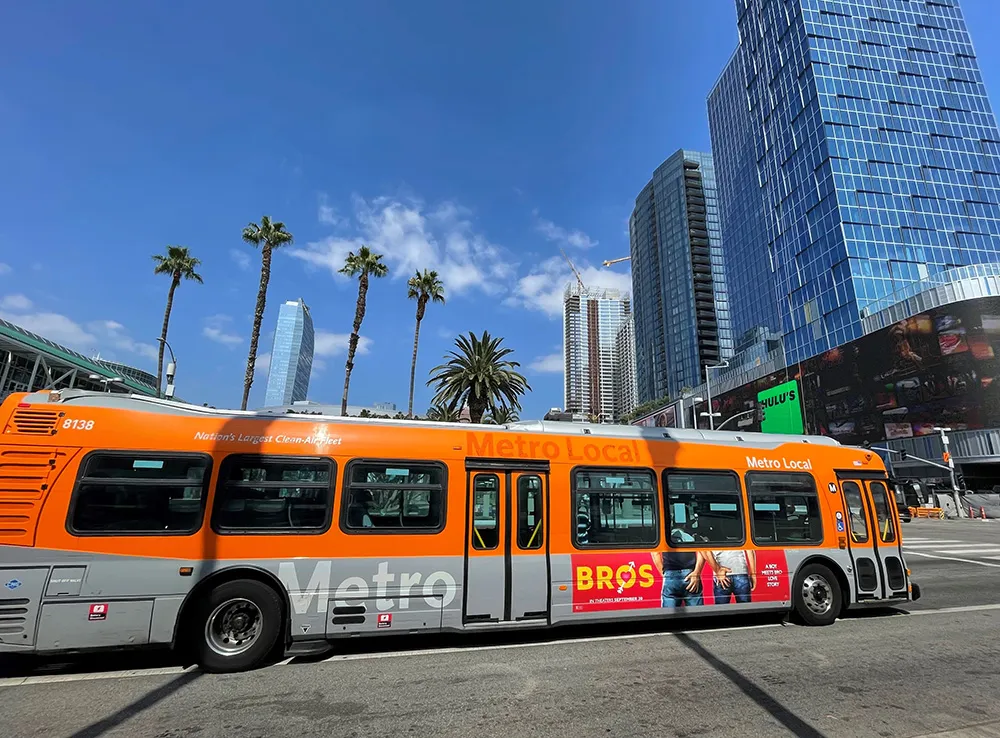The U.S. Department of Transportation's (DOT) Federal Transit Administration (FTA) is making US$21.9 million available to help strengthen public transportation safety for millions of passengers and transit workers nationwide. In addition, the agency also announced a flexible new policy, known as safety management systems (SMS), which the USDOT has officially adopted to help guide states and transit agencies in managing safety risks in a proactive, cost-effective way.
May 15, 2013
Read time: 2 mins
The 324 US Department of Transportation's (DOT) 2023 Federal Transit Administration (FTA) is making US$21.9 million available to help strengthen public transportation safety for millions of passengers and transit workers nationwide.
In addition, the agency also announced a flexible new policy, known as safety management systems (SMS), which the USDOT has officially adopted to help guide states and transit agencies in managing safety risks in a proactive, cost-effective way.
SMS is a collaborative approach that brings management and labour together to build on the transit industry's existing safety foundation to control risk better, detect and correct safety problems earlier, share and analyse safety data more effectively and measure safety performance more carefully.
These efforts reflect the FTA's commitment to begin implementing long-sought federal authority for transit safety granted under the Moving Ahead for Progress in the 21st Century Act (MAP-21) and help states and transit agencies begin meeting new safety-related responsibilities, representing a shift in the way FTA and states will work together to ensure the safety of public transportation across the nation.
"Maintaining the safety of our nation's transportation systems has always been our number-one priority," said US Transportation Secretary Ray LaHood. "We take our new responsibility to oversee transit safety as seriously as we do for railways, roadways, runways and we will continue to find innovative ways to make transit even safer for the public and our workforce.”
In addition, the agency also announced a flexible new policy, known as safety management systems (SMS), which the USDOT has officially adopted to help guide states and transit agencies in managing safety risks in a proactive, cost-effective way.
SMS is a collaborative approach that brings management and labour together to build on the transit industry's existing safety foundation to control risk better, detect and correct safety problems earlier, share and analyse safety data more effectively and measure safety performance more carefully.
These efforts reflect the FTA's commitment to begin implementing long-sought federal authority for transit safety granted under the Moving Ahead for Progress in the 21st Century Act (MAP-21) and help states and transit agencies begin meeting new safety-related responsibilities, representing a shift in the way FTA and states will work together to ensure the safety of public transportation across the nation.
"Maintaining the safety of our nation's transportation systems has always been our number-one priority," said US Transportation Secretary Ray LaHood. "We take our new responsibility to oversee transit safety as seriously as we do for railways, roadways, runways and we will continue to find innovative ways to make transit even safer for the public and our workforce.”








